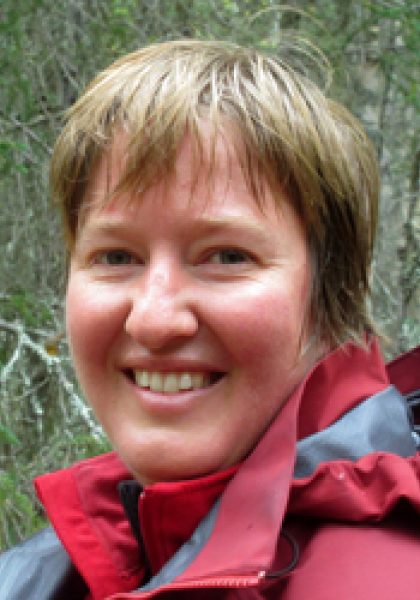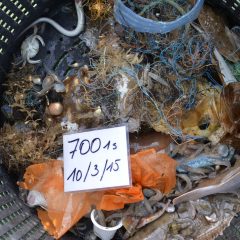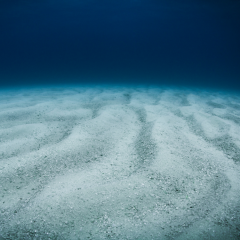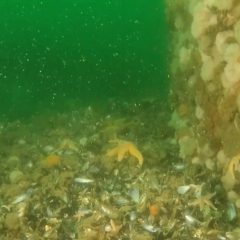Research project Sustainable use of sand in nature-based solutions
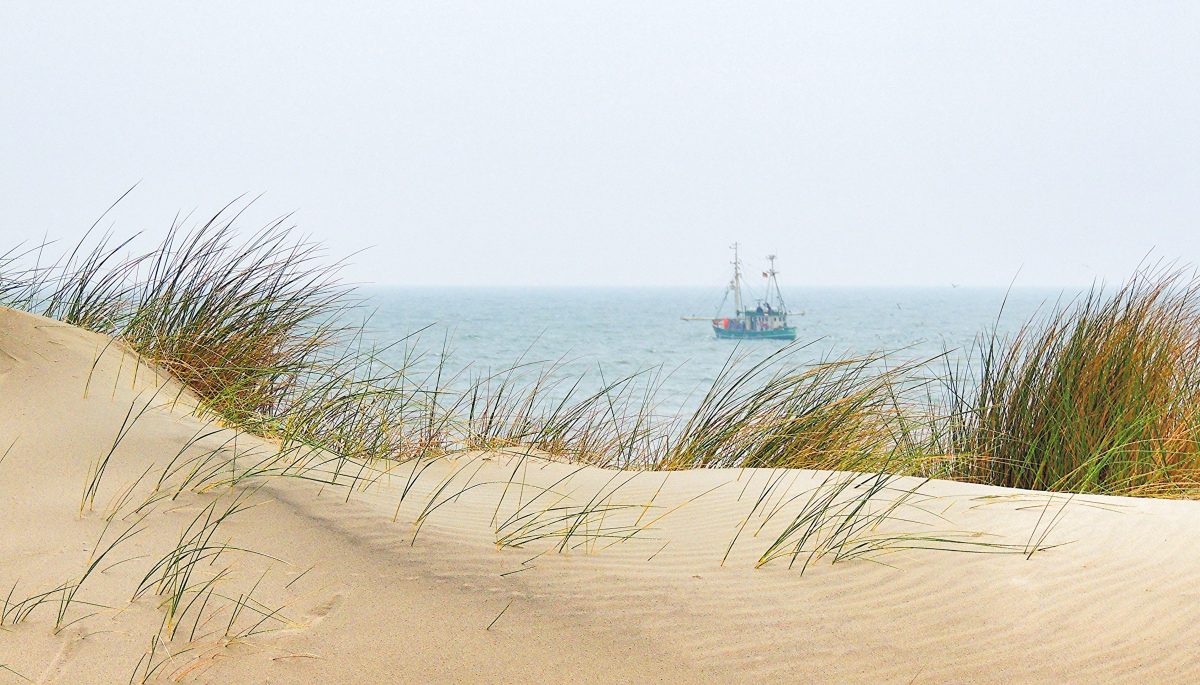
General introduction
The SUSANA project aims to develop a long-term strategy for the sustainable use of marine sand in so-called NBSs or nature-based solutions, to tackle societal challenges such as climate change and flooding linked to coastal safety. After all, there is a field of tension between the great need for sand for the large-scale application of nature-based coastal protection and, on the other hand, the finite nature of sand resources at sea and the potential negative effects of sand extraction on the marine ecosystem. To date, there is no integrated method with which sand extraction at sea (and the ecosystem services in those sand extraction locations) and the use of that sand for the development of natural coastal protection systems (and the associated ecosystem services) can be weighed against each other. Within SUSANA, such a coupled ecosystem services model is being developed that will make this possible.
Research approach
The NBS we focus on is a 'dune-by-dike' technique. We investigate how the ecosystem functions, that promote dune development and that provide the most important ecosystem services in the coastal zone, namely vegetation development, aeolian sand transport and dune erosion, as well as their mutual interactions, are influenced by the use of alternative sand sources. We apply a combined empirical-computational research approach to understand how dune development and dune erosion vary along gradients of alternative substrates. We quantify the effects on coastal safety, the prevention of unwanted sand deposition and the recreational experience, being the three most important ecosystem services. In addition, we map out how the regulation of water quality, food production and climate regulation are influenced at the sand extraction locations. We do this by using quantitative in situ measurements of the functional processes that underlie the mentioned ecosystem services. In addition to the local effect of sand mining, we also study the effects of sediment plumes further away caused by the large-scale sand extraction. The results of these cumulative effects are linked within a comprehensive ecosystem services model, which allows that trade-offs and synergies between offshore sand extraction and the use of marine sand for the large-scale implementation of the NBS "dune-by-dike" along the Belgian coast can be weighed against each other.
Relevance/Valorization
There is currently no long-term perspective aimed at maximum economic and ecological sustainability of the combined use of sand in NBSs and the sand extraction that takes place for these NBSs. There are several risks and problems associated with this, such as a possible shortage of quality sand for the construction sector in the medium term, too little sand for the development of NBSs or the inability to comply with European environmental directives if too much sand is extracted at sea. SUSANA is taking steps towards a sound long-term perspective through a dual approach to sustainability: (1) using alternative sand sources in NBS to secure long-term quality sand resources, and (2) limiting the potentially negative impacts of sand extraction. SUSANA thus aims for a breakthrough innovation with regard to NBSs in the Belgian coast, with a first time system perspective over the entire NBS impact area.
Financing
VLAIO
